Howdy, Stranger!
It looks like you're new here. If you want to get involved, click one of these buttons!
Quick Links
Market acceptable grading? No Thanks!
The market is flooded with coins that have been straight graded but shouldn’t be. This is a problem on many levels. #1 Many buyers of these coins believe they own problem free examples. #2 When these coins sell at auction they typically drag down the price guides leading to unreliable guide pricing for original pieces. #3 Since there is so much crap being called market acceptable, the market actually accepts it. Is there anyone on this forum that believes this type of grading is good for the hobby? Anyone think this is helpful? Anyone think we need more of it? Below are a few examples of recent examples on the market.
CAC has helped dramatically in bringing awareness to original surfaces. I just don’t understand how anyone could think CAC is bad for the hobby and what the big two are doing is not. Would love to hear your thoughts. Will it ever end? Do we need a new grading service?
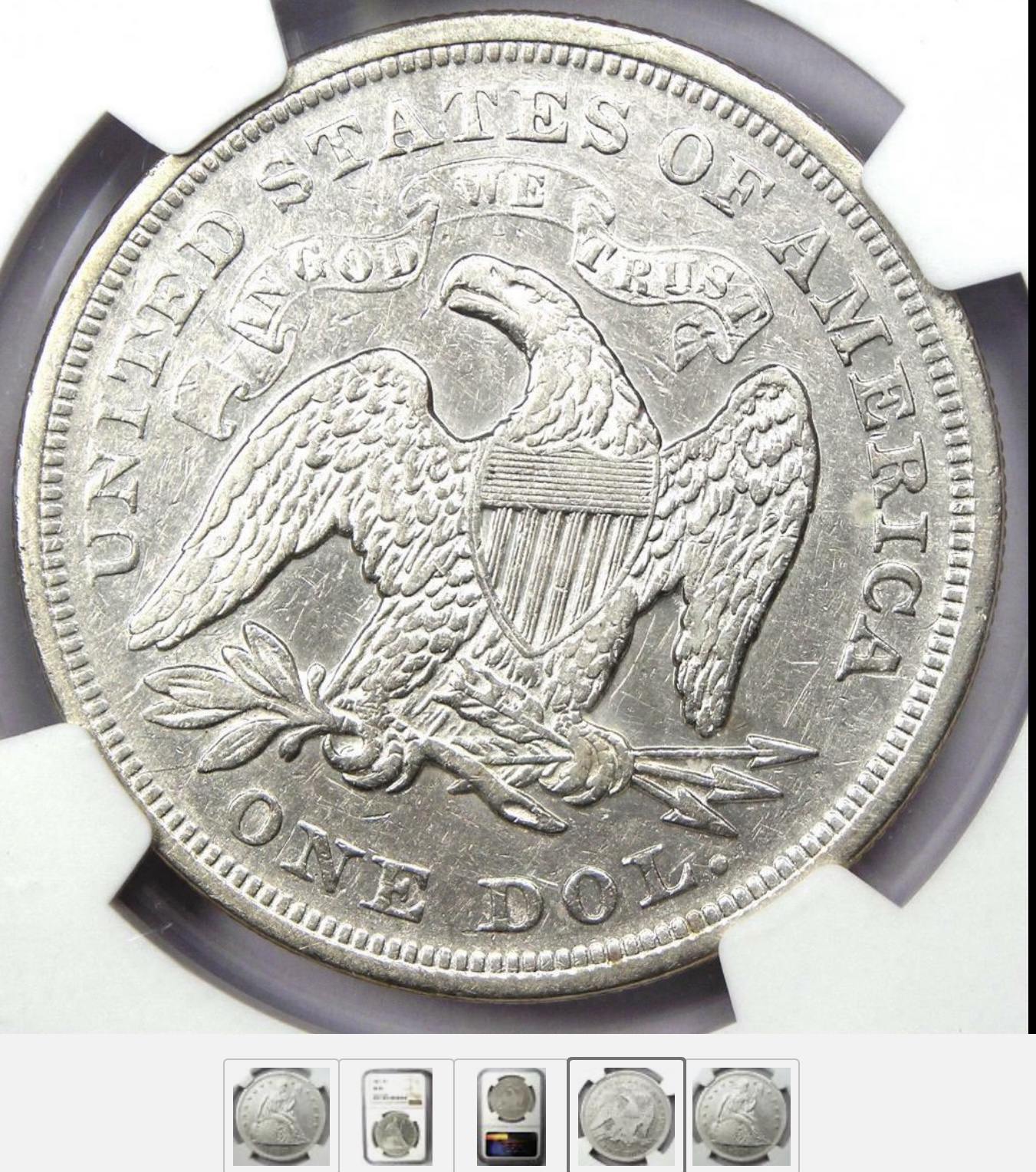
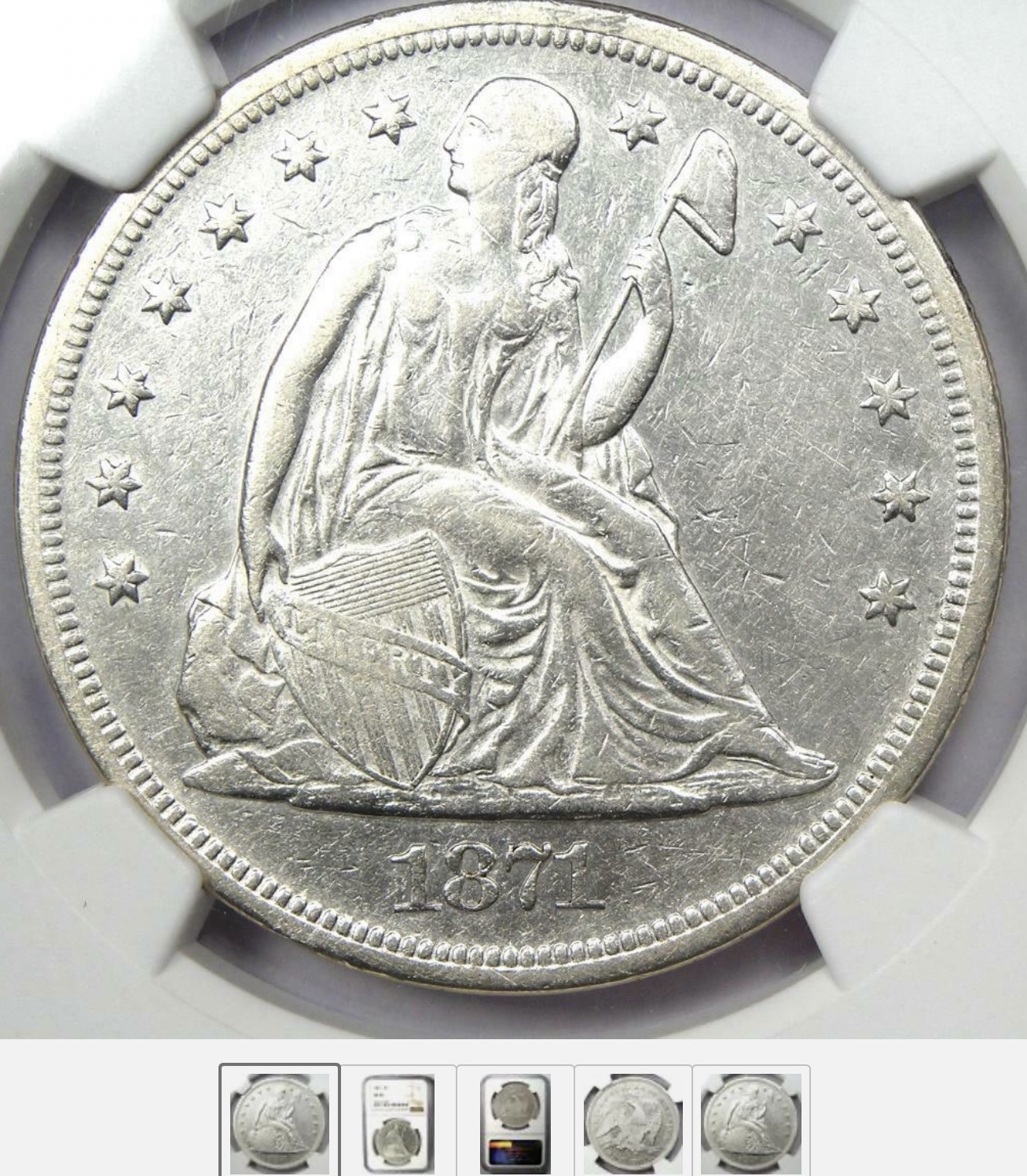
Shockingly all are straight graded!
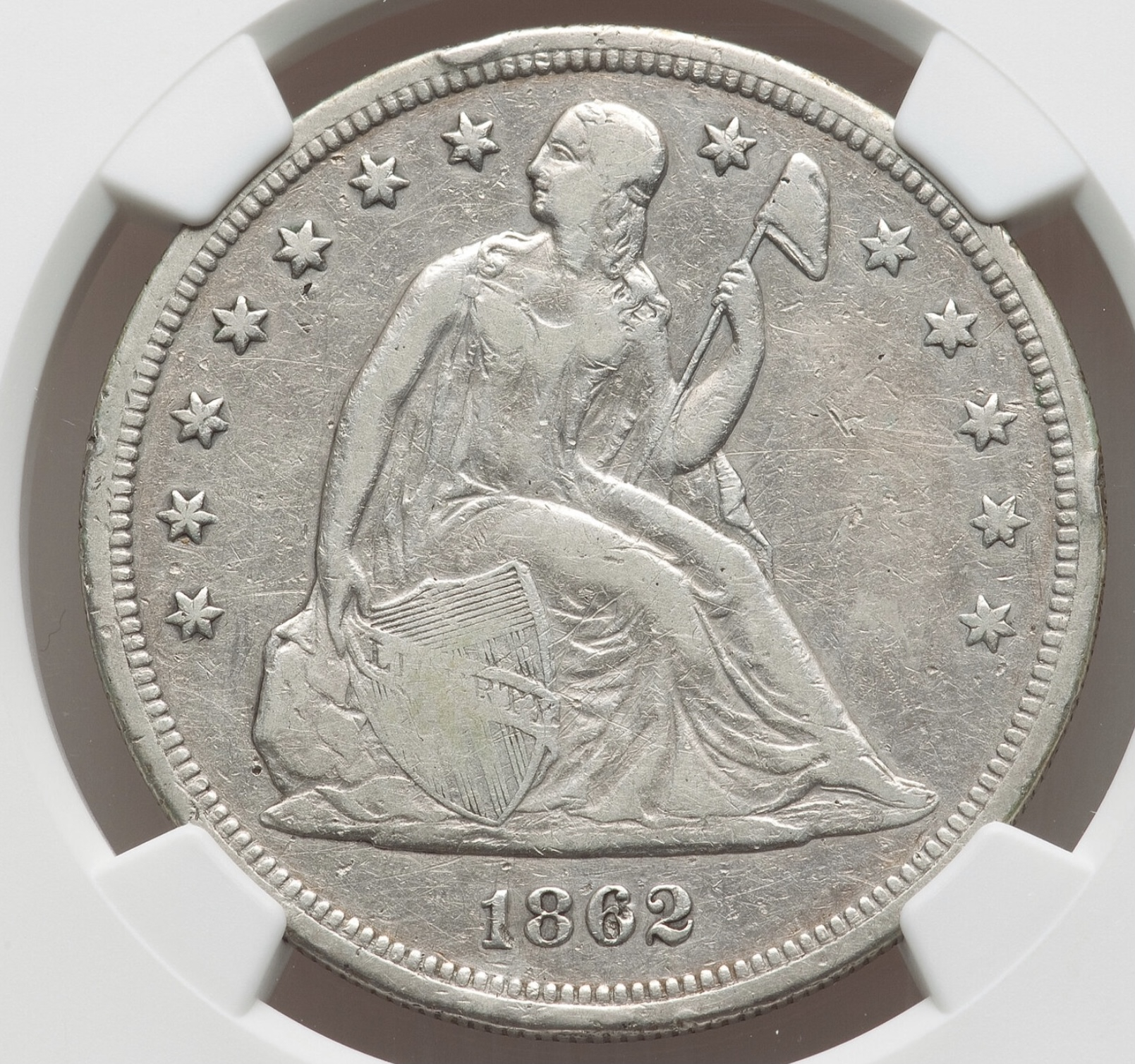
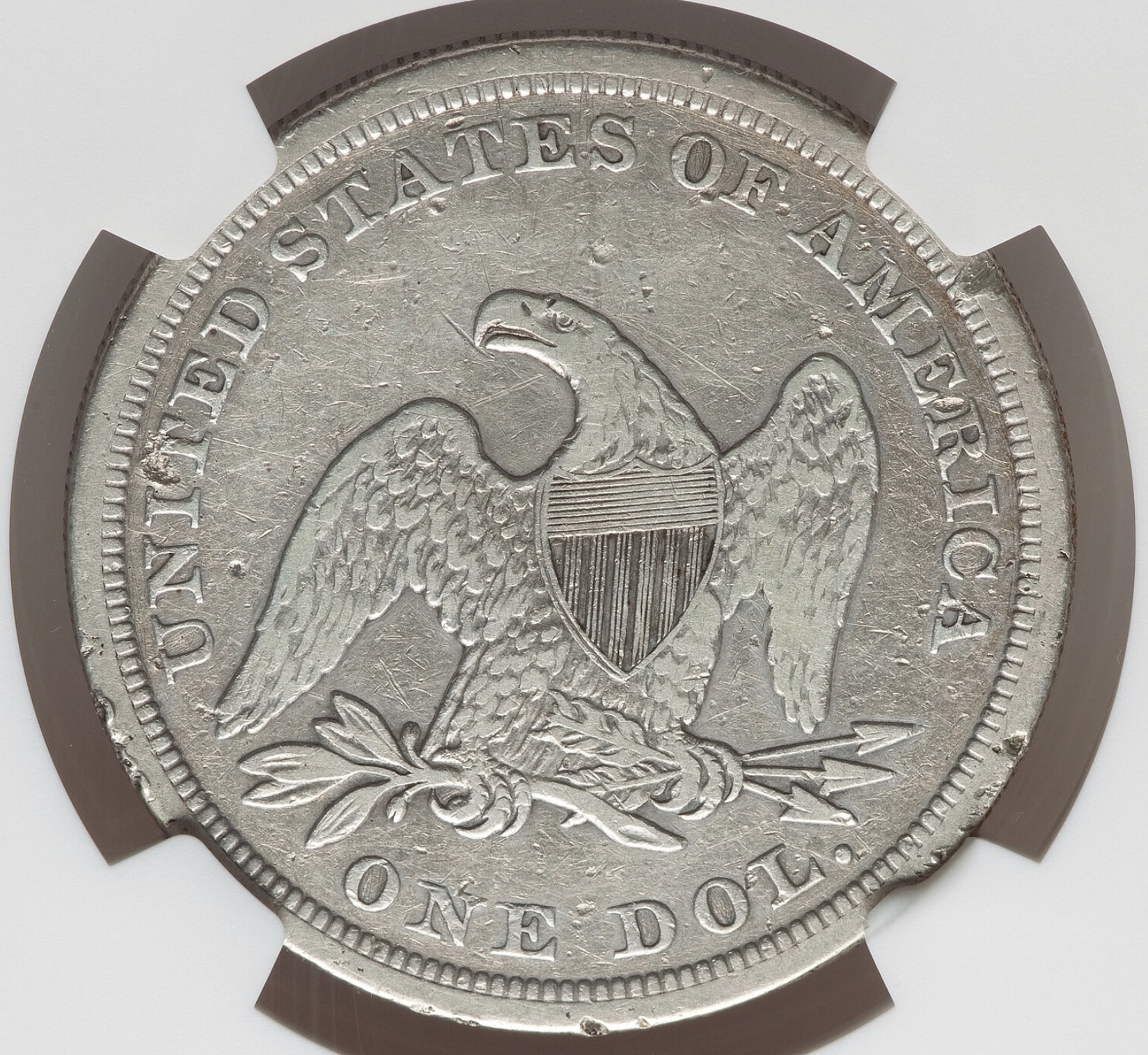
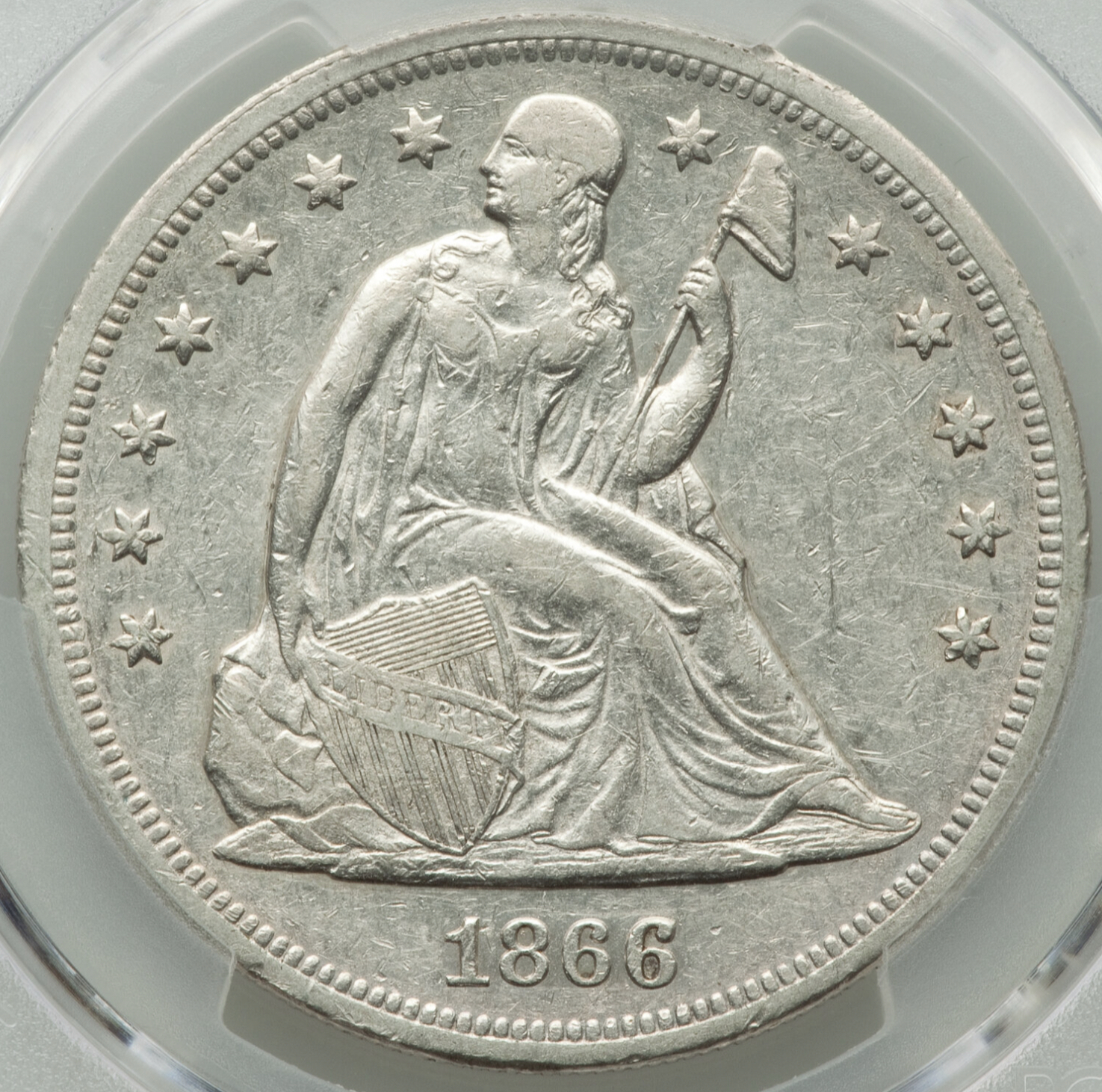
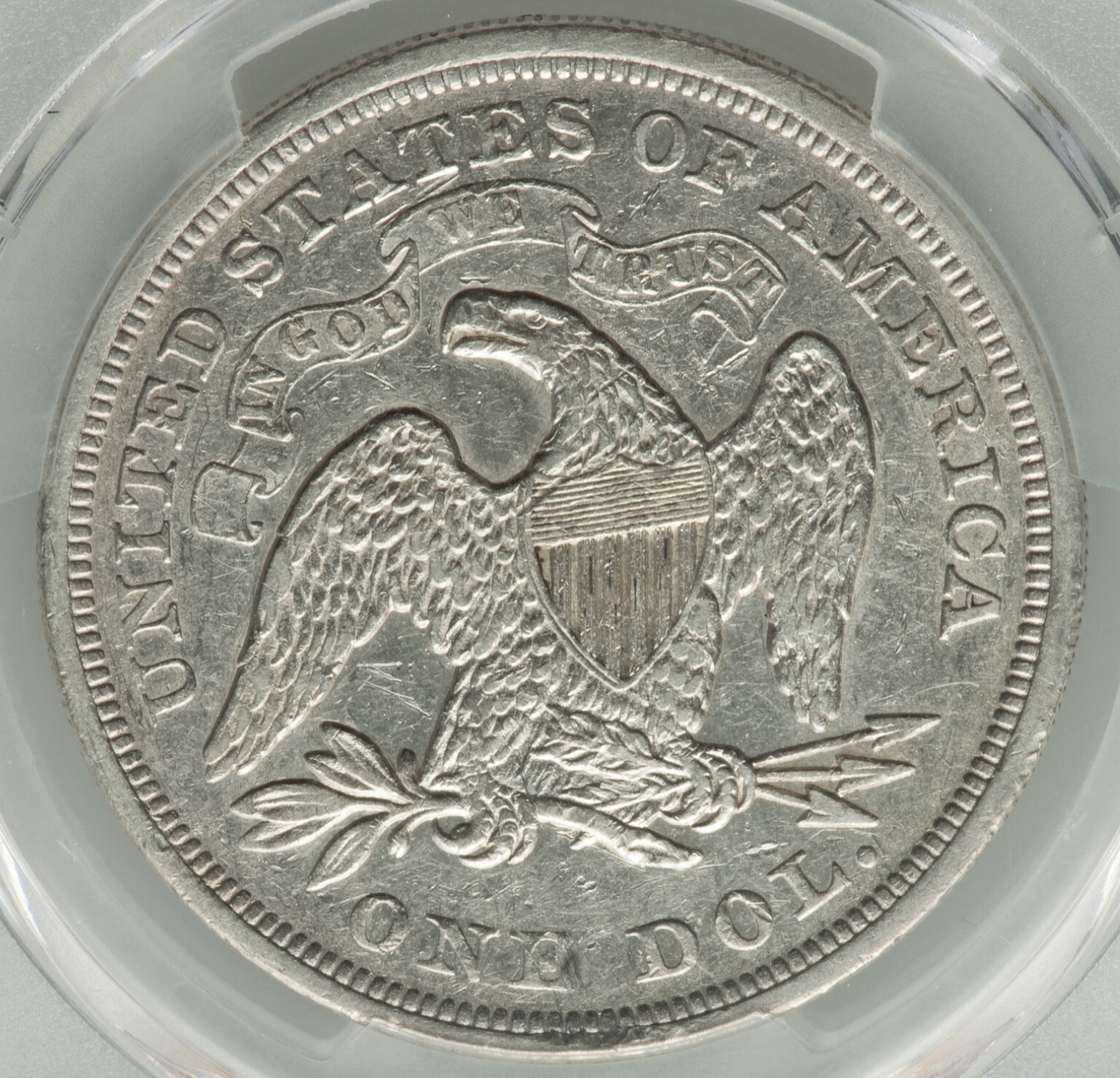
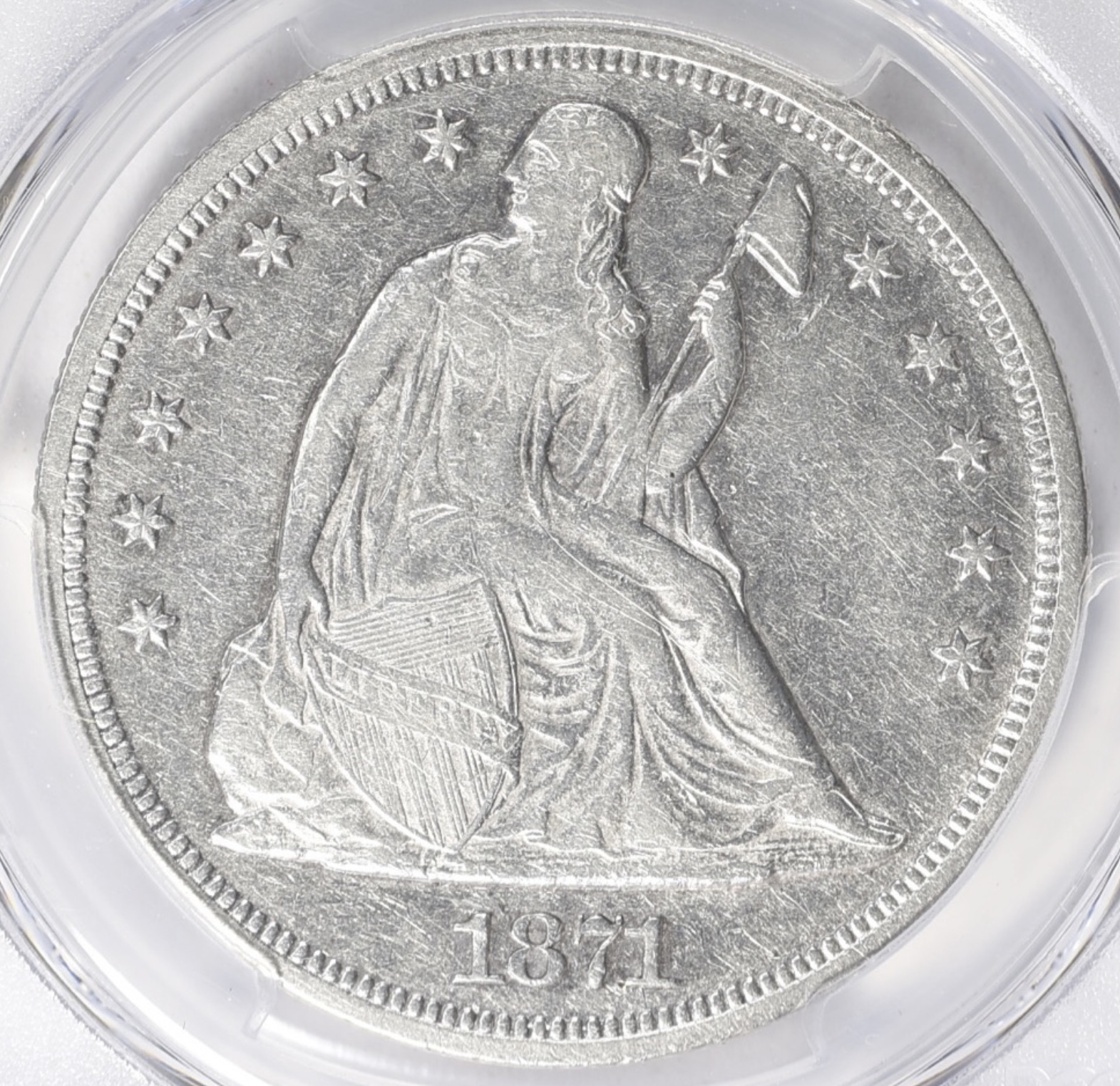
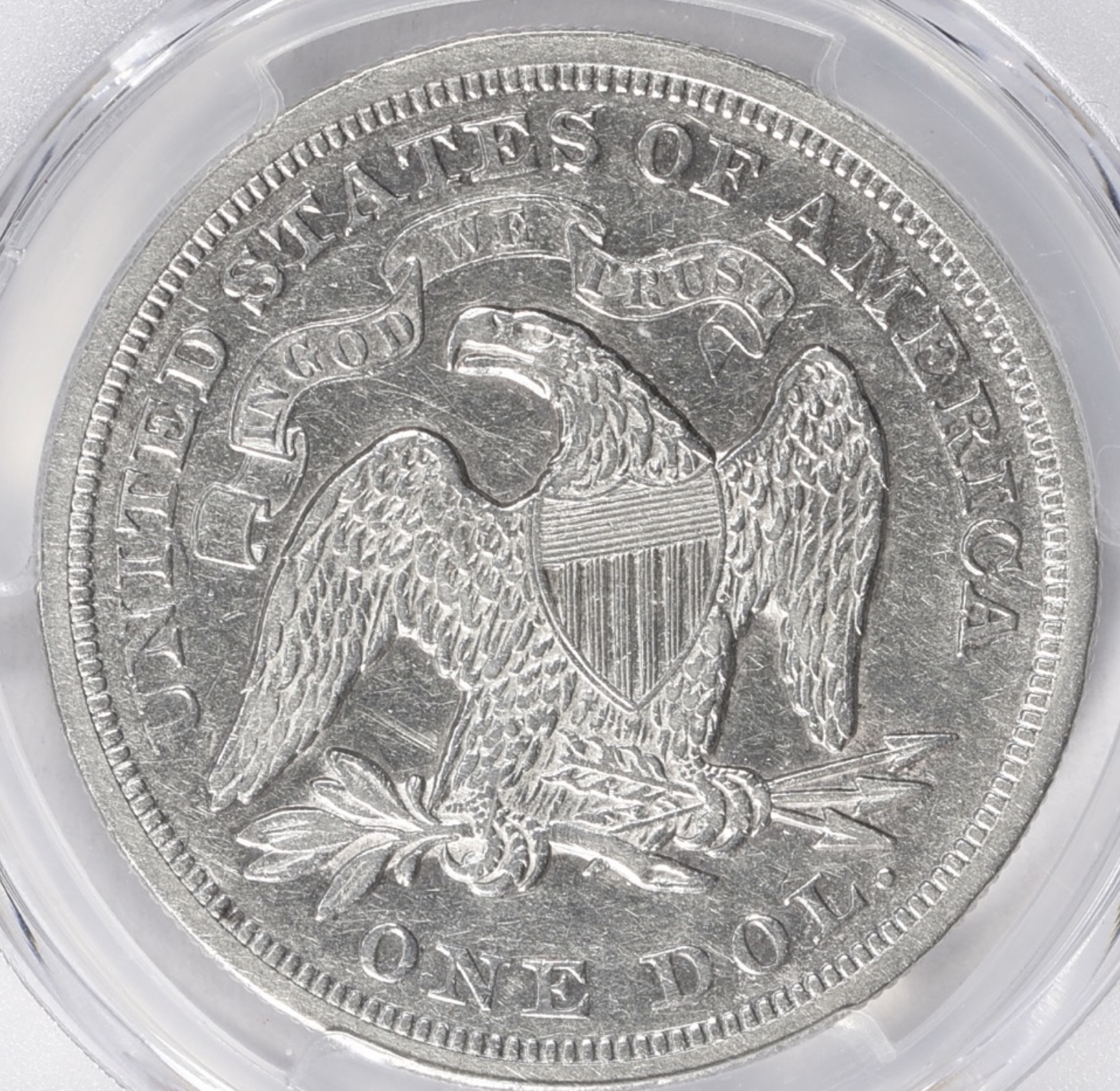
CAC has helped dramatically in bringing awareness to original surfaces. I just don’t understand how anyone could think CAC is bad for the hobby and what the big two are doing is not. Would love to hear your thoughts. Will it ever end? Do we need a new grading service?


Shockingly all are straight graded!








Comments
There are slabbed coins that make me shake my head and question "Why?' When experienced graders look at coins that seem to have been sold at a "bargain level," they look at the photos or the coin in person understand why. Every genuine coin has a value. Unless you are tossing them into the melt pile, you have to take these things into consideration.
All of the coins you cited have been dipped. Dipping a circulated silver coin makes every mark look worse, which why it is almost always a mistake to do it. I don't cleaning patterns on any of these coins. They are not "your thing" but they rate a grade of some sort.
There are "C" eye-appeal coins that are market-acceptable at a putative 25%-30% back of CDN Bid.
There are "B" eye-appeal coins that are market-acceptable at 90%-110% of CDN bid.
And "A" coins that are market-acceptable to luster freaks and and yet acceptable to no one else.
@JACAC has stated many times that over-grading is a problem "orders of magnitude" greater than artificial toning. That's 100X
The coins the OP posted certainly make his/her point ! They are one step above "damage-queen" status. But the market is not binary; nuance noted above
@ptolemyII - I am well aware of the A,B and C quality levels. My position is that these coins are none of the above. And shouldn’t be slabbed as straight graded. They are not over graded or under graded. They are just bad coins that should be body bagged!
@coastaljerseyguy - I’m ok with series not having lots of straight graded pieces if that’s what it pans out to be. I don’t see the positive in letting all this crap get into straight graded holders.
Just my opinion. Not meant to determine any one else’s.
There's a collector for every coin. While you and I don't collect at this level, someone will. Some of the big marks aren't surprising on a big coin. The dipping issue is rampant across all silver series. Agree the 1862 is a details coin and the 1871 looks badly cleaned and also a details coin. The TPGs could tighten up, but I'd like a broader sample to say that it's an across the board problem as you assert.
There is a market/buyer for these problem coins and that’s how they should be sold!
Definitely cleaned!
A coin is not worthless just because it has been expertly conserved. As a retailer, I would much rather list a gorgeous but faintly cleaned coin in a "problem free" slab than a dark, dull boring specimen in an identical slab with a CAC bean.
A way around this controversy would be to have separate sheet values for original coins and conserved coins. It is actually being done now with Bluesheet versus Greysheet but most retail buyers do not know it.
I fully realize that fact. But at least Bluesheet is more in the ballpark for establishing the values of overly conserved coins -- versus the Greysheet values for nicer (and less likely to be overly conserved) coins.
I seriously hope that this site does not become a forum to bash the grading services.
Then there is horrendous cleaning like the examples above in clean grades. I prefer a clean graded, dirty VF coin then a net graded VF that is really an over-dipped/white XF coin that belongs in a details slab. When buying over the internet, sellers can enhance photos and I rely on the TPGs to allow me to make an informed good buying decision. That has not always happened. And it not just over dipping that is a problem, although the largest offender, its the graffiti, scratches, rim bumps, corrosion, etc. that shouldn't have been overlooked. This is where grading consistency is needed, don't care it is rare.
PCGS and NGC, not anonymous comment posters, have set the standards for "problem free" encapsulation. Coins are not worthless just because they are not 100% original.